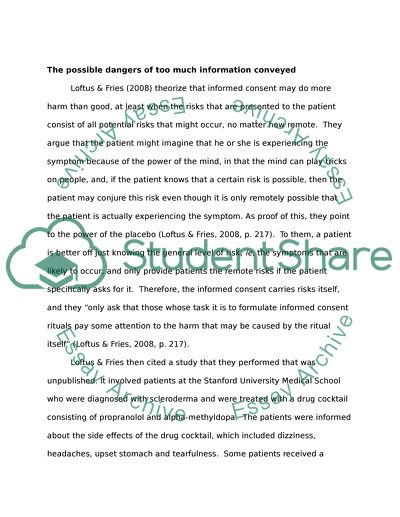Cite this document
(“Informed consent. The possible dangers of too much information Research Paper”, n.d.)
Retrieved from https://studentshare.org/education/1427450-what-research-exists-to-support-the-efficacy-of
Retrieved from https://studentshare.org/education/1427450-what-research-exists-to-support-the-efficacy-of
(Informed Consent. The Possible Dangers of Too Much Information Research Paper)
https://studentshare.org/education/1427450-what-research-exists-to-support-the-efficacy-of.
https://studentshare.org/education/1427450-what-research-exists-to-support-the-efficacy-of.
“Informed Consent. The Possible Dangers of Too Much Information Research Paper”, n.d. https://studentshare.org/education/1427450-what-research-exists-to-support-the-efficacy-of.


